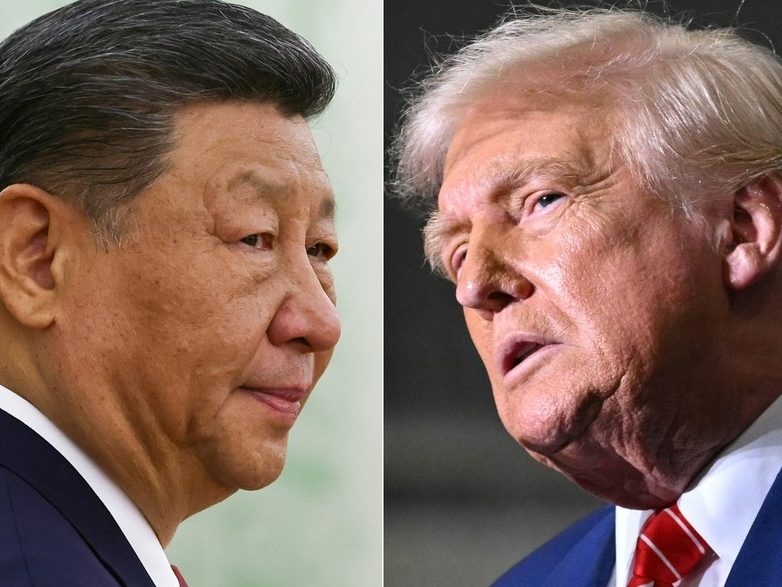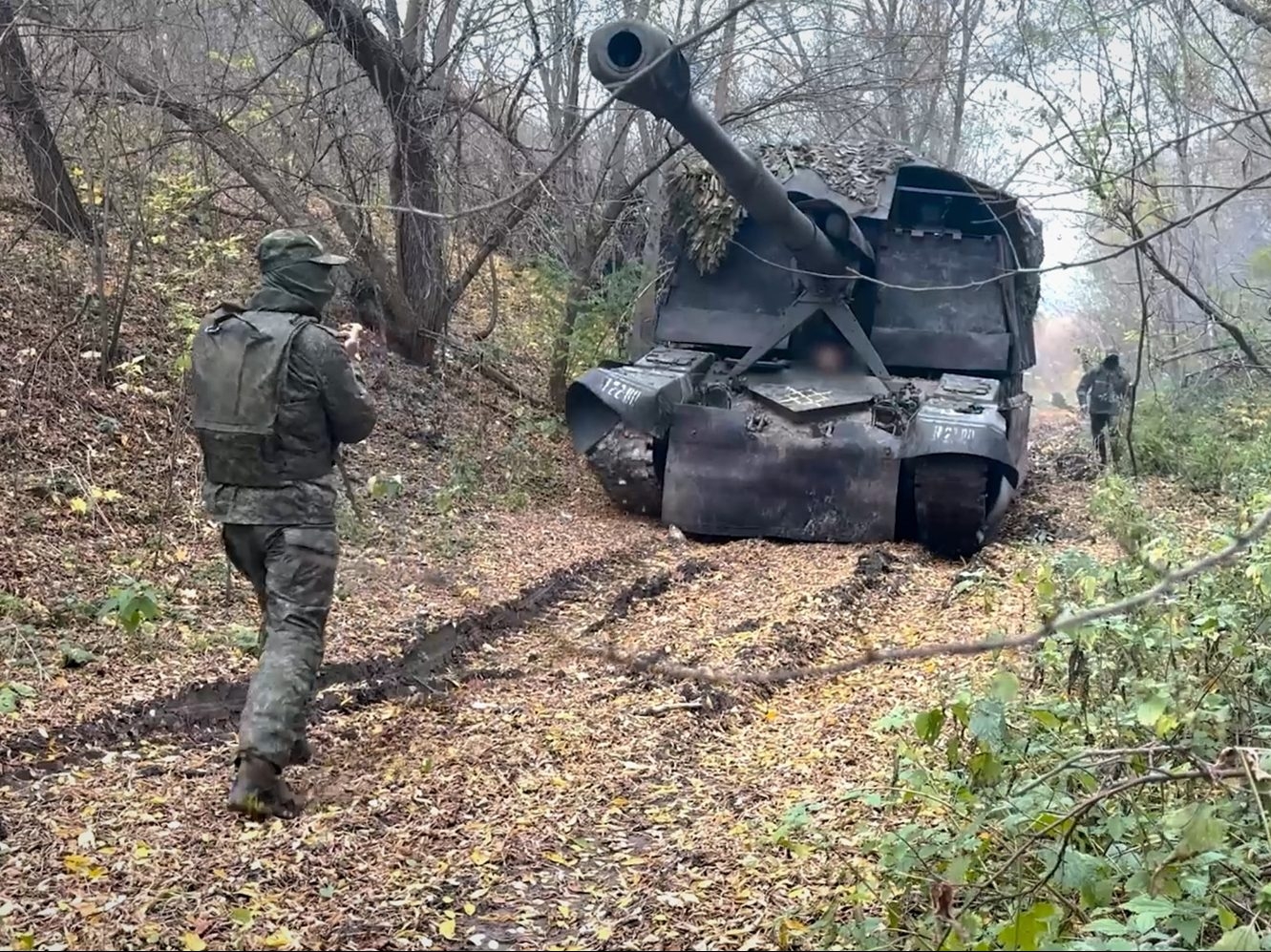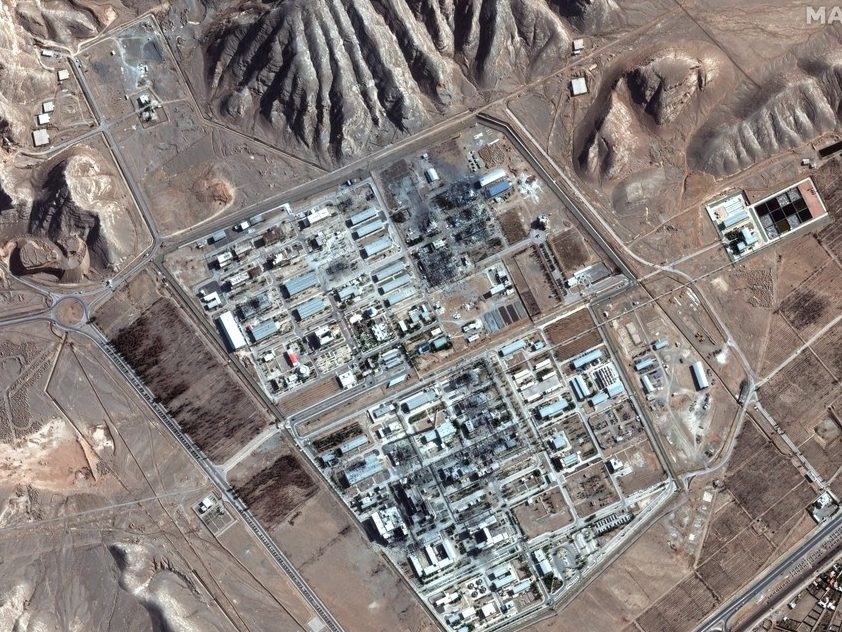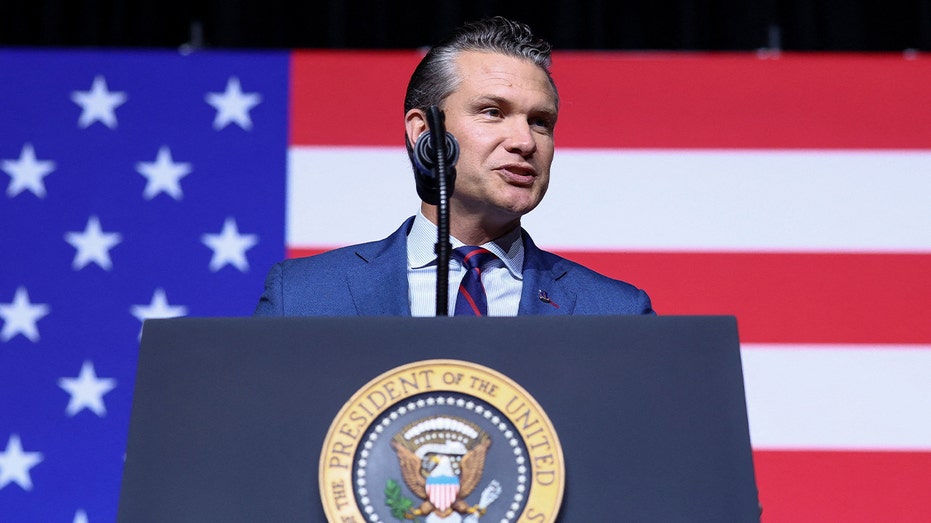The future of fighter jet production may be taking shape on Canadian soil. Saab, the Swedish aerospace powerhouse, is actively exploring Canada as a potential new assembly location for its advanced Gripen fighter jets. This dramatic shift comes as demand surges, fueled by a potential landmark deal with Ukraine.
Kyiv’s expressed interest in acquiring over 100 Gripen aircraft would effectively double Saab’s current production capacity. The company is now urgently seeking ways to scale up, and Canada has emerged as a frontrunner in this expansion strategy. This isn’t a sudden consideration; it’s a logical progression of existing ties.
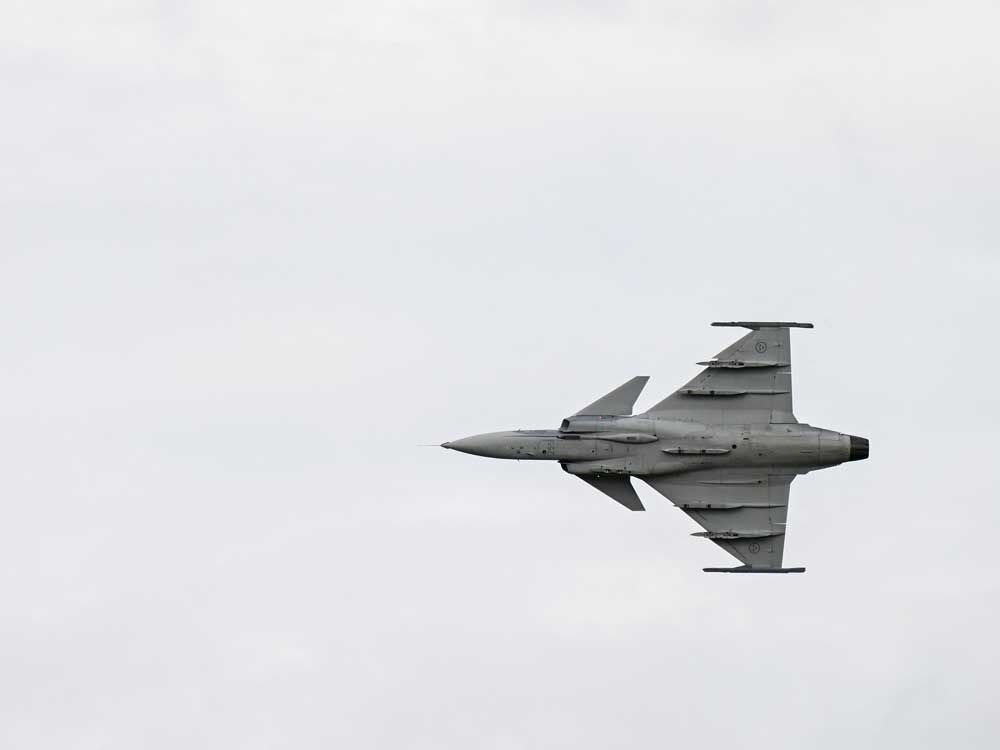
Saab previously proposed Canada as a Gripen manufacturing and maintenance hub when vying for the contract to replace Canada’s aging CF-18 fleet. The offer highlighted the potential for a robust, domestic aerospace industry built around the Gripen platform. Now, with global demand escalating, that proposal is being revisited with renewed intensity.
Industry Minister Melanie Joly has confirmed ongoing discussions with Saab, building on a pre-existing partnership. This collaboration already includes the Global Eye surveillance plane, a project jointly manufactured with Canadian firm Bombardier. The groundwork for deeper cooperation is clearly being laid.
Last week, Sweden and Ukraine formalized their intent with a letter outlining a potential export agreement for up to 150 Gripen jets. While a final contract remains unsigned, the commitment signals a significant step towards bolstering Ukraine’s air defense capabilities. This deal is the primary catalyst for Saab’s production expansion.
Currently, Gripen jets are manufactured in both Sweden and Brazil. However, the sheer volume of potential orders—particularly from Ukraine—necessitates exploring additional production sites. Canada’s established aerospace infrastructure and skilled workforce make it an exceptionally attractive option.


